Tigers have long been revered as symbols of power and strength, prominently featured in myths, folklore, and art. Their muscular build and fearsome presence embody pure physical prowess, making them emblems of dominance and authority in various cultures. From Chinese mythology to Indian legends, tigers are often depicted as powerful beings that can sway the forces of nature, influencing the world around them.
Guardians Against Evil
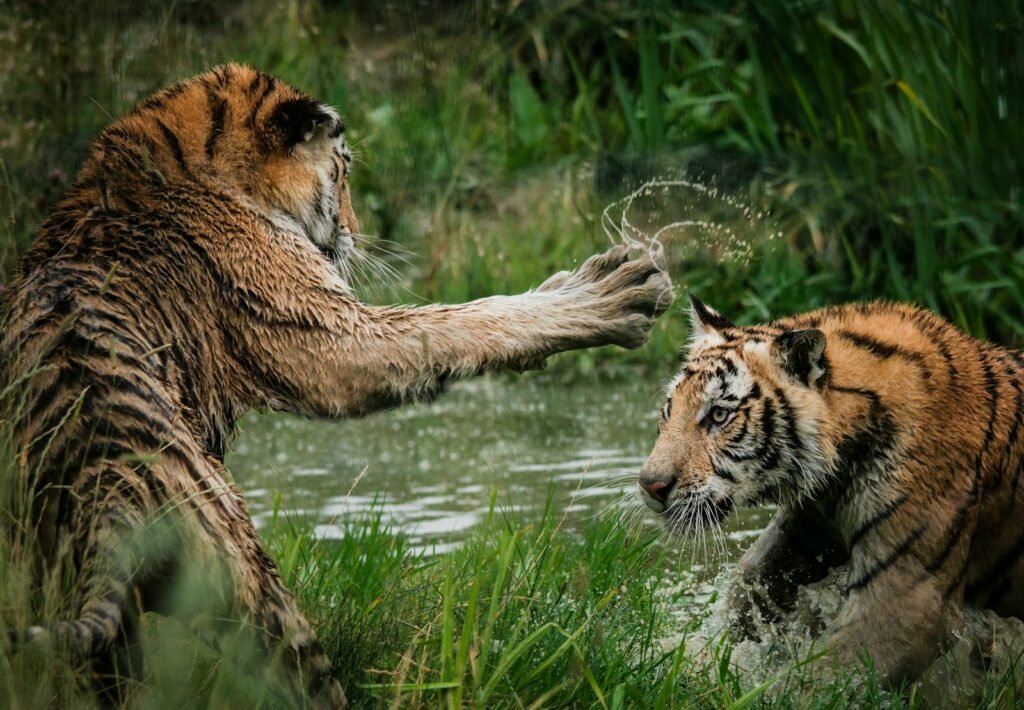
In many Asian cultures, tigers are considered protectors that ward off evil spirits and misfortune. In Korea, for instance, tigers are believed to protect against demons and mischief. Temples and homes often feature tiger motifs, showcasing them as divine creatures that guard sanctuaries and spaces from harm. These guardianship roles enhance the tiger’s mystical status, reinforcing societal beliefs in their protective qualities.
Spiritual Mediators

Tigers also serve as spiritual mediators, bridging the natural and supernatural worlds. In Chinese lore, the White Tiger is one of the Four Symbols, representing the cardinal direction of the West and the season of autumn. These symbolic roles depict the tiger as a powerful spiritual entity capable of guiding souls and facilitating transitions between different realms, reflecting its versatile cultural significance.
Patrons of Bravery and Courage

The courage and bravery of tigers are qualities that cultures admire and aspire to emulate. They are often associated with warriors and leaders who demonstrate exceptional valor in battles. In Hindu mythology, the goddess Durga rides a tiger, symbolizing her indomitable courage in overcoming evil forces. This connection with martial prowess makes tigers revered figures that inspire individuals to face challenges courageously.
Symbols of Royalty and Nobility

Tigers are often linked to royalty and nobility, embodying regality and majesty. Ancient Asian rulers frequently adopted tiger imagery to illustrate their authority and divine right to rule. In Chinese culture, the tiger is sometimes referred to as the “King of the Beasts,” an association that underscores its regal connotations. This royal symbolism elevates the tiger’s status, fostering a deep reverence rooted in historical contexts.
Creatures of Beauty and Elegance

The striking appearance of tigers—characterized by their distinctive striped coats and graceful movements—contributes to their repute as creatures of beauty and elegance. These attributes are celebrated in art, poetry, and dance across various cultures, where the tiger’s aesthetic appeal complements its symbolic power. This admiration not only highlights the tiger’s physical allure but also reflects humanity’s appreciation for the natural world’s beauty.
A Radiating Cultural Mythos
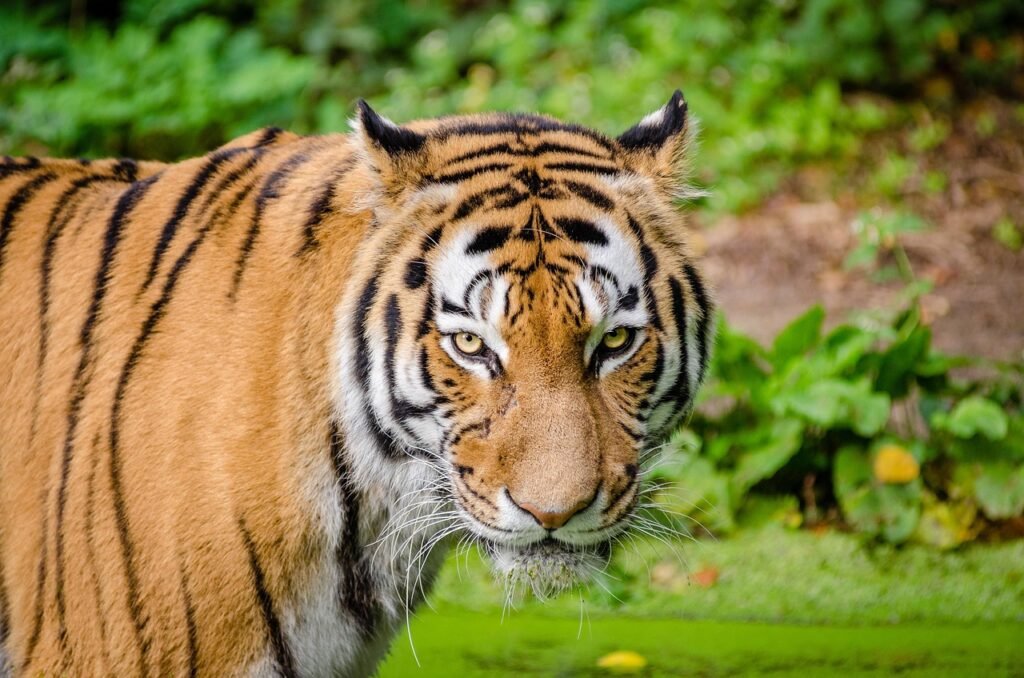
The rich mythos surrounding tigers is a testament to their pervasive influence in culture. Tales of tigers often blend themes of nature, folklore, and spiritual beliefs, creating narratives that resonate with people over generations. Such stories articulate core cultural values, depicting tigers as multifaceted beings whose actions and characteristics reveal deep-seated wisdom and cultural truths.
Inspiration for Artistic Expression
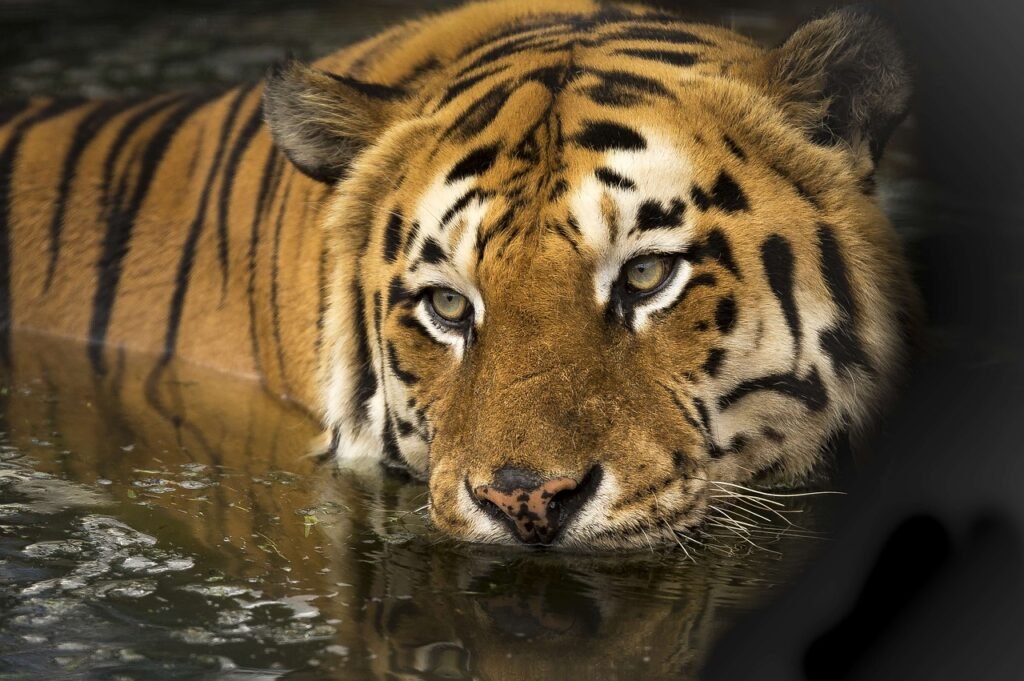
The tiger’s image has profoundly inspired artistic expression, serving as a muse for countless artists, writers, and performers. Iconic depictions range from traditional ink paintings to modern sculptures, each paying homage to the tiger’s dynamic form and spirit. This artistic exploration not only preserves the tiger’s image within cultural memory but also allows contemporary audiences to engage with historical and cultural legacies.
Environmental Symbolism
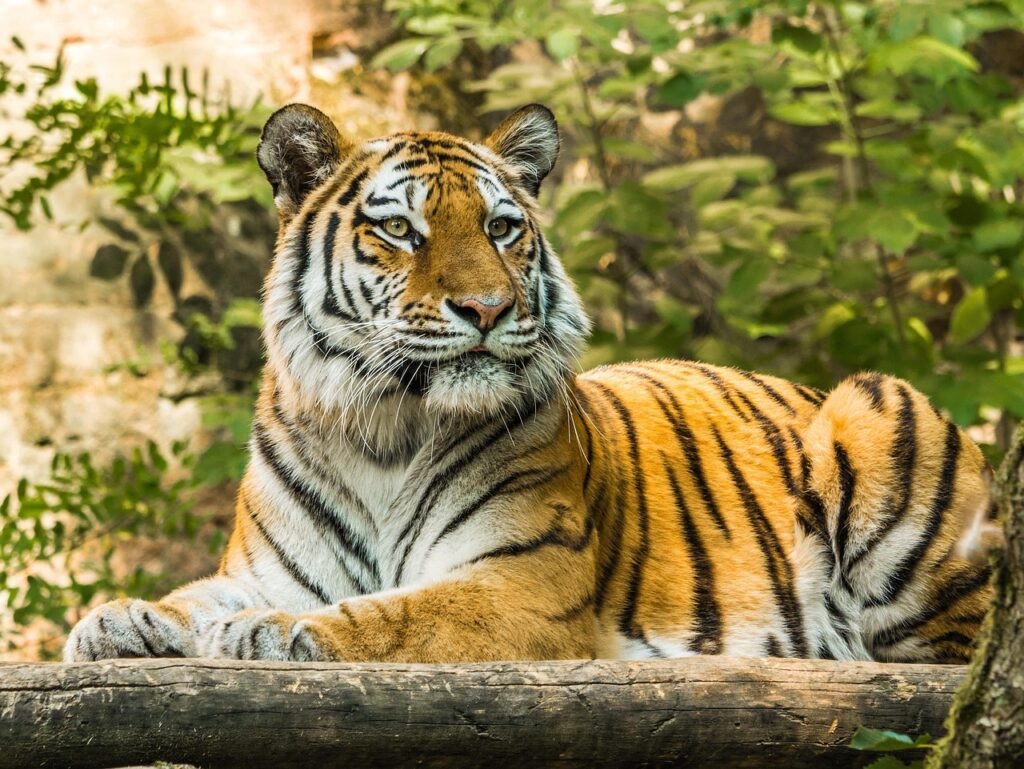
Tigers are more than cultural symbols; they are critical components of their ecosystems. As apex predators, they maintain the balance within their habitats, which positions them as important symbols of environmental health and biodiversity. Conservation stories often use tigers to raise awareness about ecological issues, showcasing them as ambassadors for natural preservation and sustainability efforts. This role enhances their reverence as stewards of the natural world.
Embodiments of Mystery and Intrigue
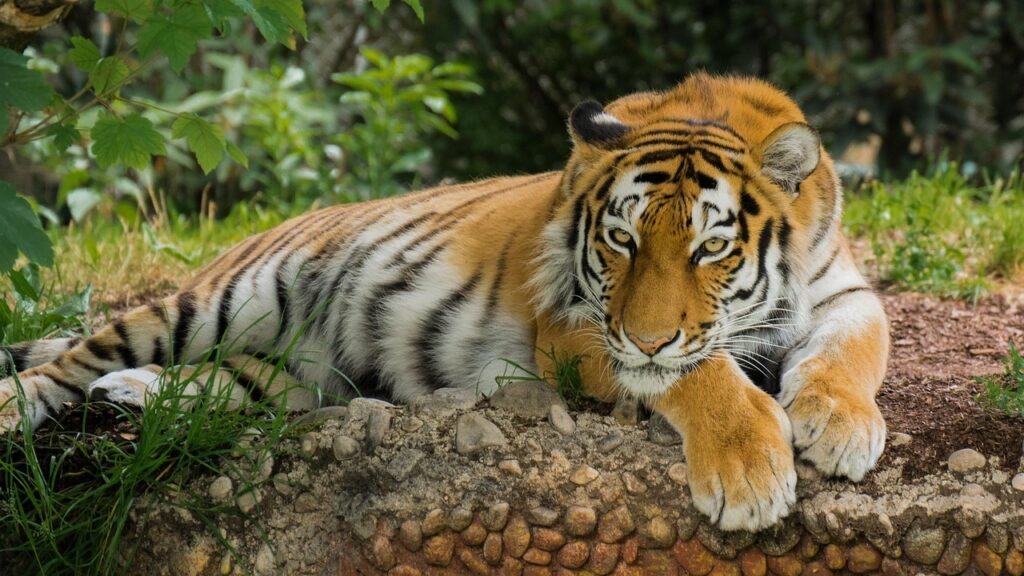
Tigers, often seen but seldom understood in their natural territories, represent mystery and intrigue. Their elusive, solitary nature heightens their enigmatic presence, compelling people to seek and explore their hidden lives. This aura of mystery fuels fascination and reverence, as people across cultures continue to search for deeper meanings behind the tiger’s inscrutable majesty.
Hi, I’m Bola, a passionate writer and creative strategist with a knack for crafting compelling content that educates, inspires, and connects. Over the years, I’ve honed my skills across various writing fields, including content creation, copywriting, online course development, and video scriptwriting.
When I’m not at my desk, you’ll find me exploring new ideas, reading books, or brainstorming creative ways to solve challenges. I believe that words have the power to transform, and I’m here to help you leverage that power for success.
Thanks for stopping by, Keep coming to this website to checkout new articles form me. You’d always love it!





